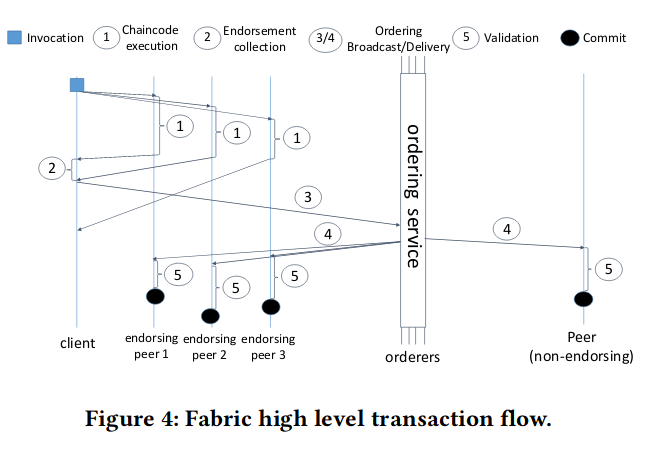Hyperledger Fabric with Kafka and Zookeeper MultiNode Cluster Setup
Today we are going to investigate how to set up a fabric network with kafka and zookeeper. As a beginner, first we need to understand what is kafka and zookeeper.
Background
Apache Kafka
Apache Kafka is an open-source stream-processing software platform0.
Kafka is a distributed, horizontally-saclable, fault-tolerant, commit log1.
Since commit log is a record of transactions, Kafka can easily integrates with blockchain platform. Therefore, I think this is the reason why the first “consensus” of Fabric is utilising Kafka while the next would be based on Raft2.
Zookeeper
Zookeeper is a general purpose distribtued process coordination system, it helps to coordinate tasks, manage state, configure, etc accross a distributed system.
Ordering Service
Ordering Service consists of orderers, providing a shared communication channel to clients and peers and offering a broadcast service for messages containing transactions.
OSN (Ordering Service Node/ Orderer Node): connected with the endorsers and peers
Understanding the role of ordering service in fabric network

Image Source: Hyperledger Fabric: A Distributed Operating System for Permissioned Blockchains
Configurations
- For kafka & zookeep, refer to this
Deployment
Disclaimer: this is based on fabric-samples/first-network
FAQ
- If kafka is a streaming-process software, why are we calling kafka-consensus in fabric?
- First, we need to understand what is consensus. The definition of
consensusisa general agreement3 and in the context of blockchain, it means all nodes must agree to the same order of transactions/blocks to achieve a universal shared ledger - Kafka provides the same order of transactions among multiple nodes by a shared queue as ordering nodes send to Kafka transactions and receive from Kafka transactions in the same order.